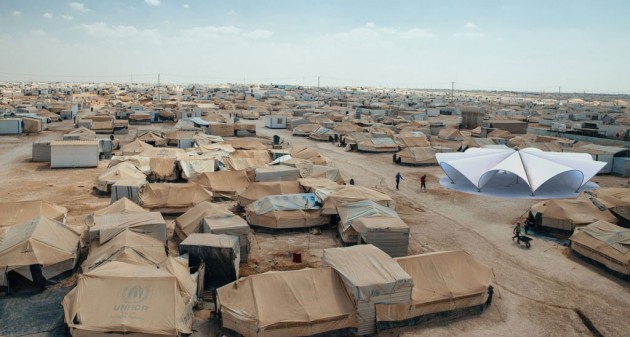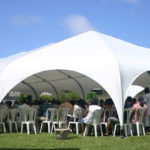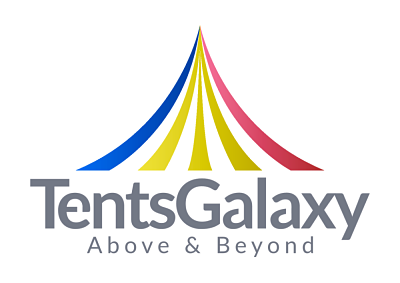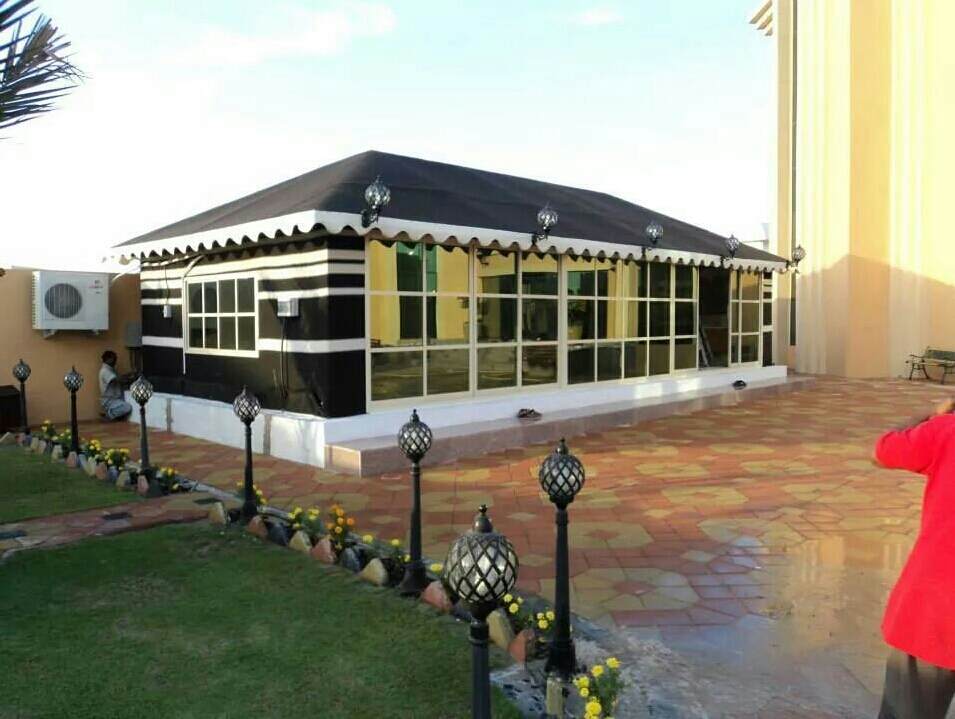
Innovations in Refugee Tents: Building a Better Future
Refugee tents have become emblematic of the plight of displaced individuals and families worldwide. These temporary shelters offer a semblance of security and protection, but they often fall short in terms of comfort, durability, and sustainability. In this blog post, we will explore the latest innovations in refugee tent design and construction, aiming to shed light on the transformative efforts underway to improve the living conditions of refugees and displaced populations.
Eco-Friendly Materials: Traditional refugee tents are typically made of plastic materials that have a negative impact on the environment. However, there is a growing shift towards using eco-friendly and sustainable materials in tent construction. Some organizations are now experimenting with tents made from recycled or biodegradable materials, reducing the environmental footprint of refugee settlements.
Solar-Powered Tents: Access to electricity is a critical need for refugees, as it powers lighting, communication devices, and even medical equipment. Solar-powered tents are emerging as a solution to this problem. These tents are equipped with solar panels on the roof, providing clean and renewable energy to occupants, making daily life more manageable.
Insulated and Weather-Resistant Tents: Refugees often face harsh weather conditions, including extreme heat and cold. Innovations in tent design are focusing on better insulation and weather resistance. Some tents now come with improved insulation materials and reinforced structures that can withstand various weather challenges.
Modular Tent Systems: Traditional tents can be cramped and inflexible. Modular tent systems offer a customizable approach to shelter construction. These systems allow refugees to combine multiple tents into larger, interconnected living spaces, providing more room for families and fostering a sense of community.
Refugee-Led Design: Empowering refugees to take an active role in designing their own shelters is gaining traction. This approach recognizes that refugees have valuable insights into their own needs and preferences. Collaborative projects between designers and refugee communities are helping create more user-centric tent designs.
Sustainable Infrastructure: In addition to improving the tents themselves, there’s a growing emphasis on developing sustainable infrastructure within refugee camps. Initiatives such as community gardens, rainwater harvesting, and waste management systems are enhancing living conditions and promoting self-sufficiency.
Education and Connectivity: Access to education and connectivity is vital for refugees’ well-being and future prospects. Innovative tent designs are incorporating dedicated spaces for schools and community centers, as well as improved internet access, enabling refugees to stay connected with the world and access educational resources.
Conclusion: The plight of refugees around the world remains a pressing humanitarian concern. However, there is hope on the horizon as innovative solutions continue to emerge in the field of refugee tent design. These innovations are not only improving the immediate living conditions of displaced individuals and families but also contributing to a more sustainable and dignified future for all. By supporting these initiatives, we can help build a world where refugees are not only sheltered but also empowered to thrive.






